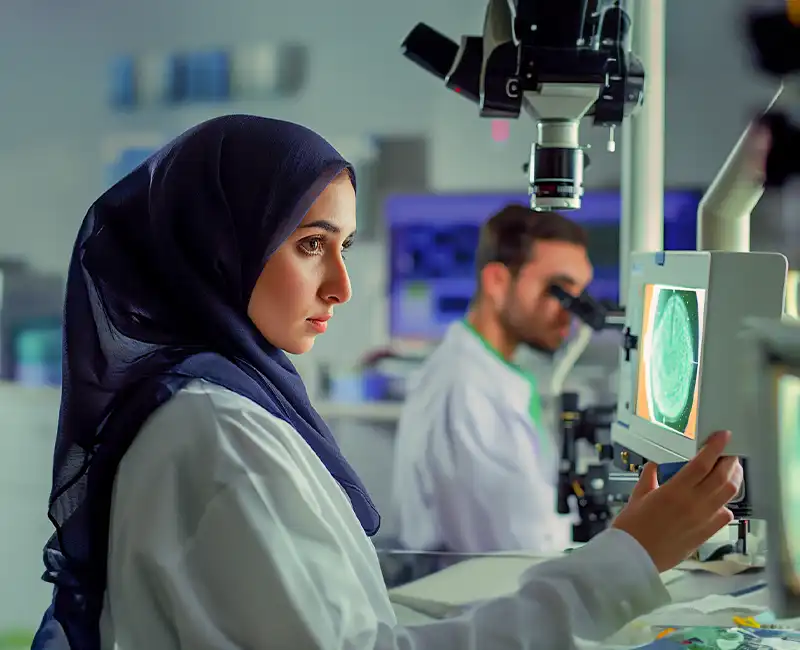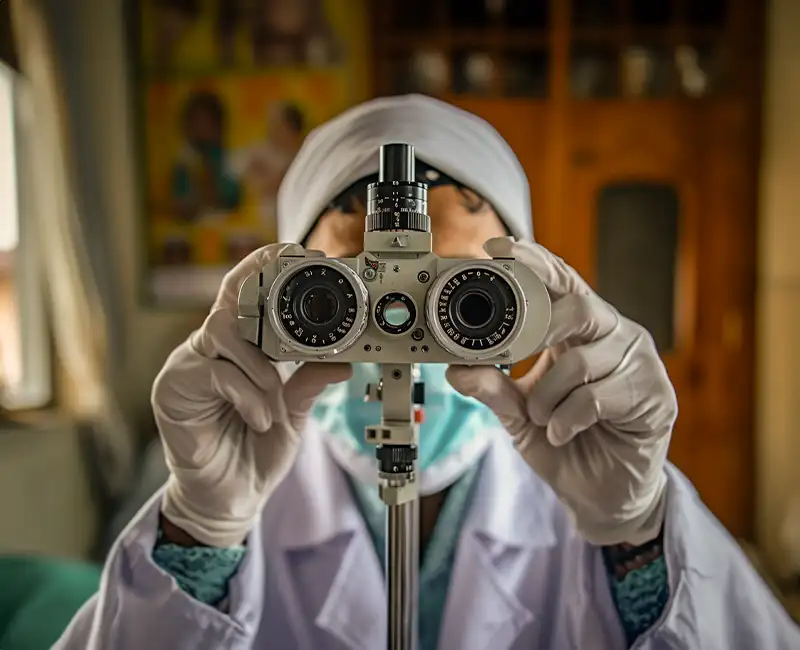
Neuro-ophthalmology is a specialised branch of ophthalmology

Binocular vision disorder is a condition where both eyes fail to act in coordination due to reasons like unequal refractive power in the eyes or muscle imbalance. The fields of the eyes do not overlap properly and give the right perception of the depth. It has been found that spending long hours in front of the computer, especially if there are alignment issues, increases strain on the eyes and leads to this condition.
Orthoptics deals with examining and treating binocular vision disorders. It constitutes tests that check the eye muscles and verify whether both eyes focus on the same object. In case there is a binocular vision disorder, the treatment of anomalies also comes under Orthoptics.
Based on what is causing the eye strain, the doctor will recommend suitable therapies and exercises. These efforts aim at making the eyes coordinate to provide a single crystal-clear vision. In some cases, spectacles can be prescribed to improve the misalignment of the eyes. It can include a refractive prescription or even a prism prescription.
Having a clear and 10/10 vision is crucial for a comfortable life. However, several people do need to undergo vision correction using glasses and other medical interventions. If you are tired of wearing glasses due to aesthetic or comfort reasons, contact lenses are the next best thing.
Similar to how your ophthalmologist provides a prescription for eyeglasses, they will also prescribe contact lenses based on your visual needs.
Low vision is the condition in which a person suffers from vision impairments that cannot be rectified through corrective surgery. If a person is unable to perceive objects in their surroundings due to low vision or is unable to carry out daily tasks that they need to complete, such as reading, working on a computer screen, or finishing daily chores, it means they are affected by low vision and need vision rehabilitation therapy.
The purpose of low vision therapy is to develop strategies through which a person’s diminished sight is either maximized or substituted to maintain their sense of self-worth and independence. This is done not just through low-vision devices but through a combination of identifying goals, introducing assistive devices, and training. Only after proper evaluation and training is the need for an assistive device gauged and fulfilled.